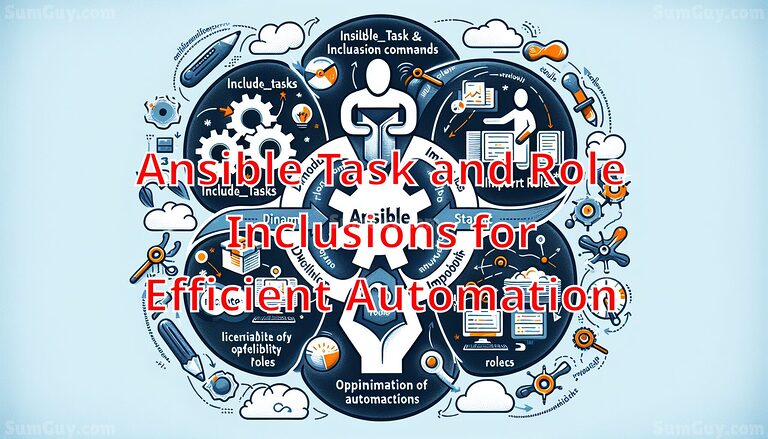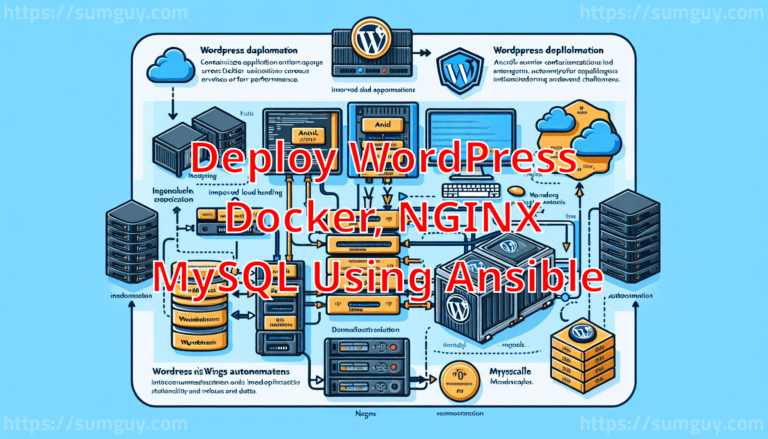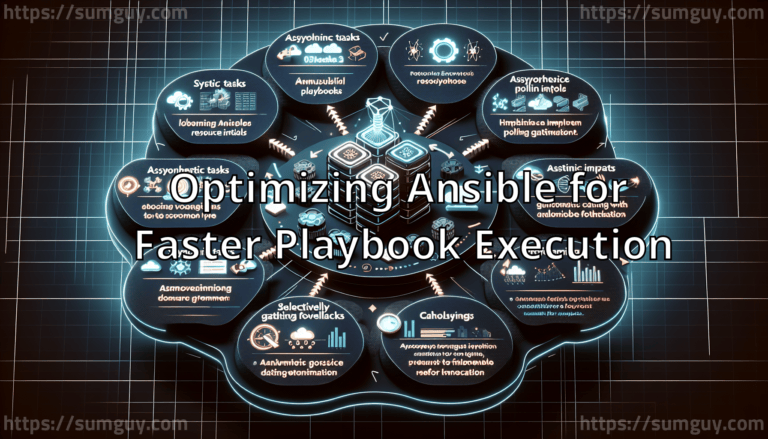Ansible: Task and Role Inclusions for Efficient Automation
This article delves into Ansible’s task and role inclusion commands, crucial for modularizing and reusing automation scripts. We explore `include_tasks`, `import_tasks`, `include_role`, and `import_role`, distinguishing between dynamic and static operations. Practical examples and best practices are provided to guide both beginners and advanced users in optimizing their playbooks for flexibility, manageability, and performance. These insights ensure users can efficiently leverage Ansible’s powerful features to enhance their IT automation strategies.





